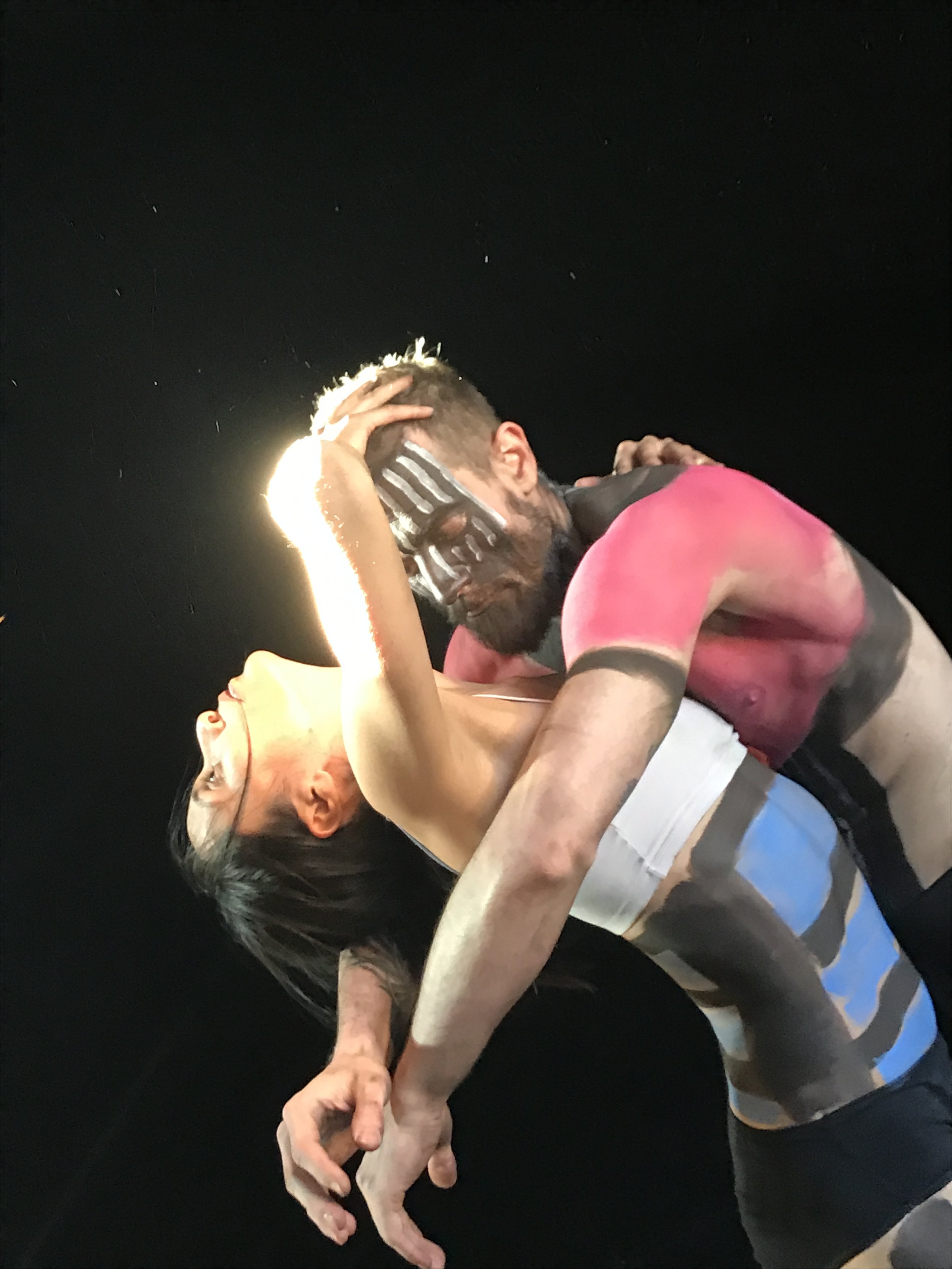The central, yet rather transparent, concept behind repertoire companies, is the notion that dancers don't have an opinion or a say about who they're going to work with. That they have no artistic vision regarding the work they're part of. A sort of faceless army of highly trained bodies, held down at some sort of infantile mindset, in service of whomever someone else will chose for them as choreographer.
When stepping outside of the context of preservation of old works, and into contemporary creation, this reality is hightly present and impacts the work being made. In a way, the fact these companies hold a large chunk of ressources, both in budgets allocated to dance and through the large number of dancers trapped in these institutions, is weighing on the ability of the art form to evolve and develop.
The entire classical ballet, néoclassicisme, and modern dance repertoires and traditions, need no more than a dozen companies around the world to be effectively preserved and performed. There simply isn't so much extraordinary and important repertoire works to start with, and there aren't as many rep companies at the level to actually perform these works properly. The result is hundred of mediocre companies performing old mediocre works. There's no way this can benefit the art form as a whole.
One of the reasons contemporary dance is so margenelized, and offeres so little artistic value in relations to the potential it holds, is to a large extant due to the stagnation caused by the stifling effect repertoire companies have on all aspects of the dance world. They suck up the majority of financial ressources allocated to dance, they numb and dumb the dance audience by only giving them what they already know, they hire and promote anachronistic dance makers that will not disrup their 19th century mentality, and they hold back talented dancers, keeping them hostage through fix salaries and other such benefits.
in the past 20 years, I've worked with over 30 rep companies around the world, I've yet to see one where the dancers were happy, charged, challenged, empowered, artistically nourished and truely respected. What I see time and again, is young people on the verge of constant physical collapse, injured, mentally drained, uninterested and uninspiried by most of the work the do, abused, disempowered, controled, emotionally manipulated, bored, separated and turned against each other, and hurt in so many other ways they're not even aware of.
it brakes my heart.



















